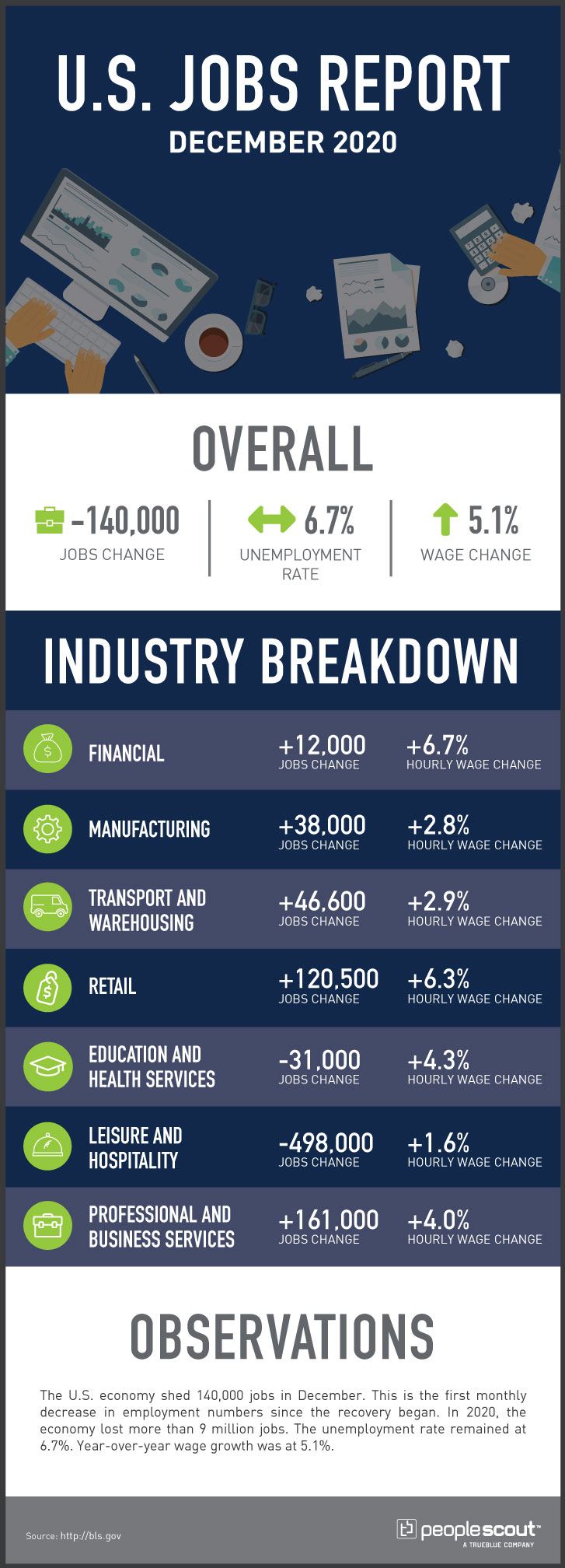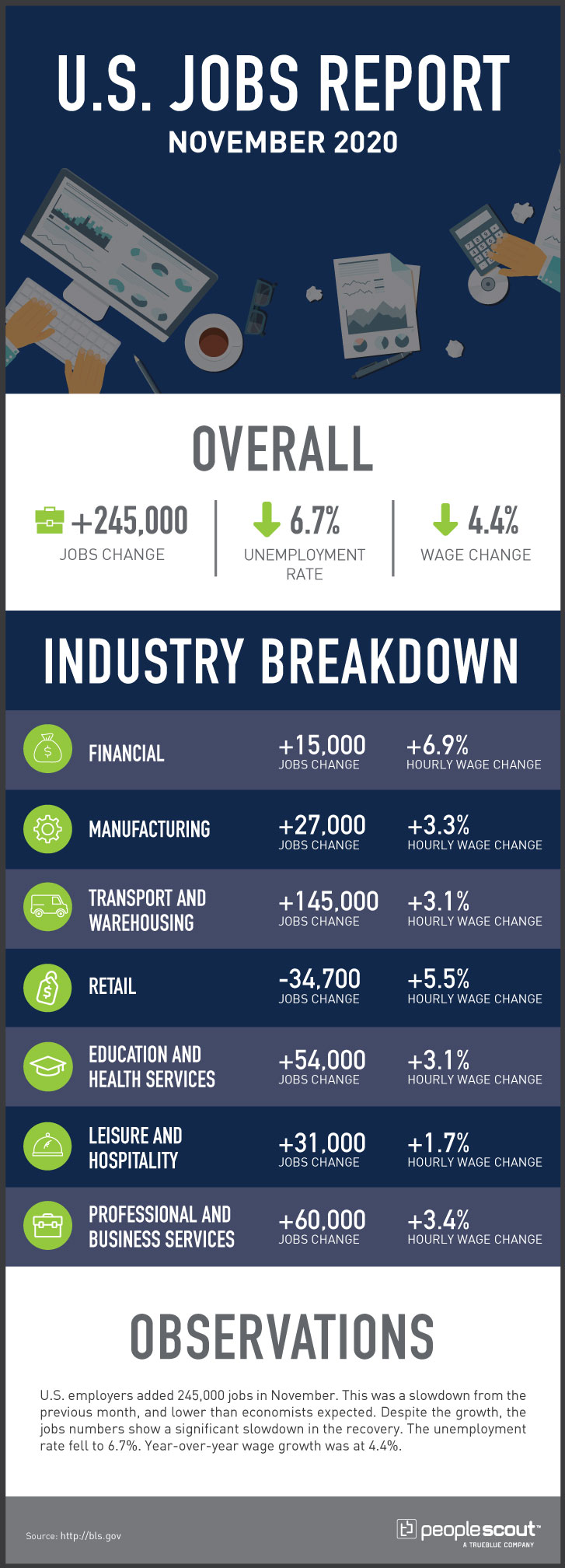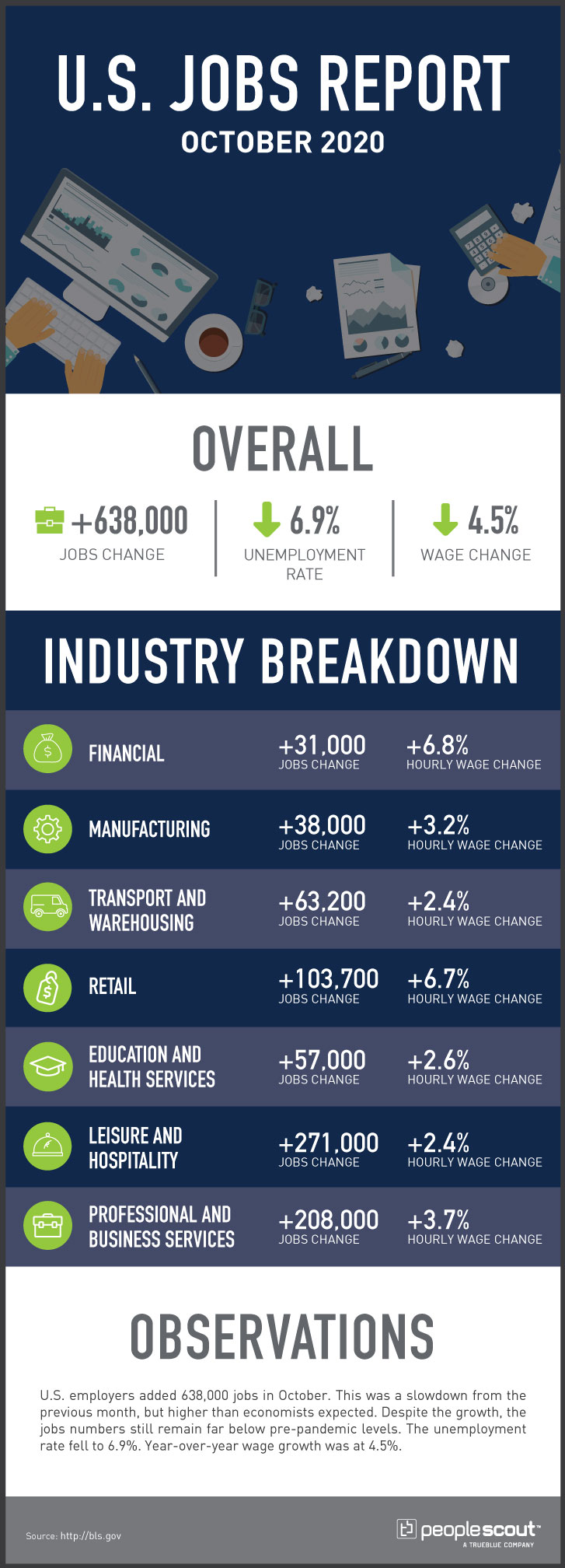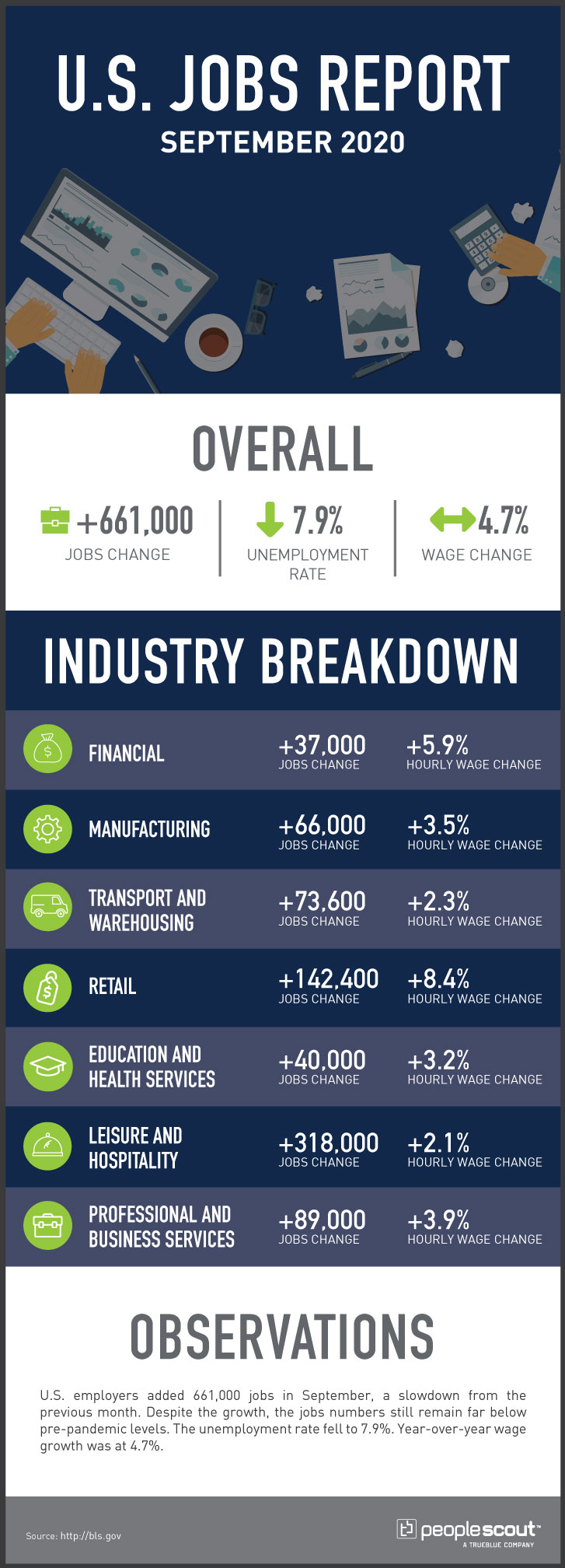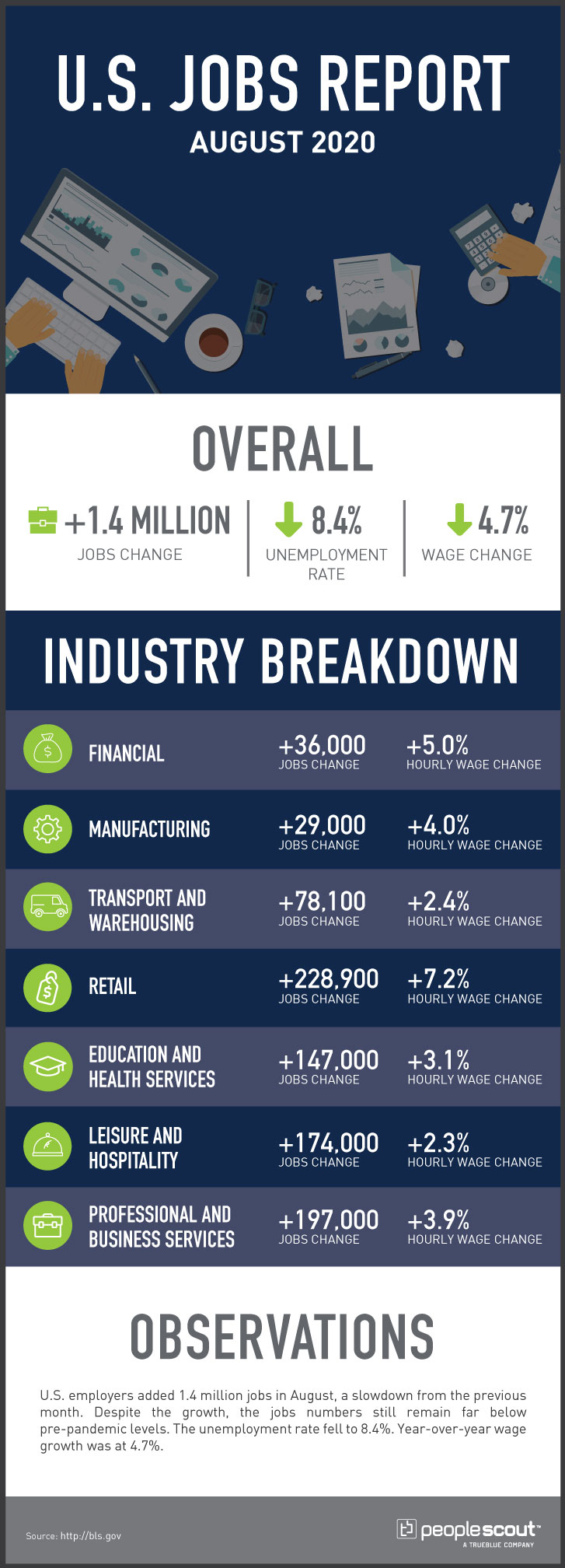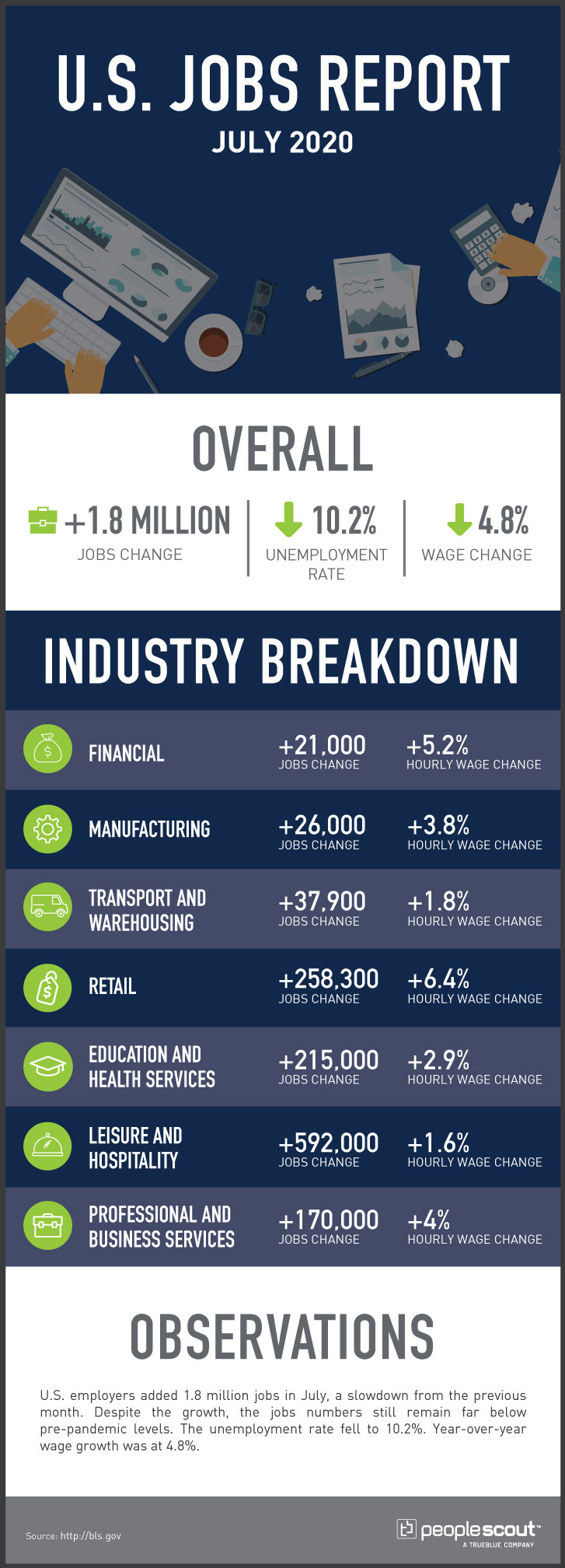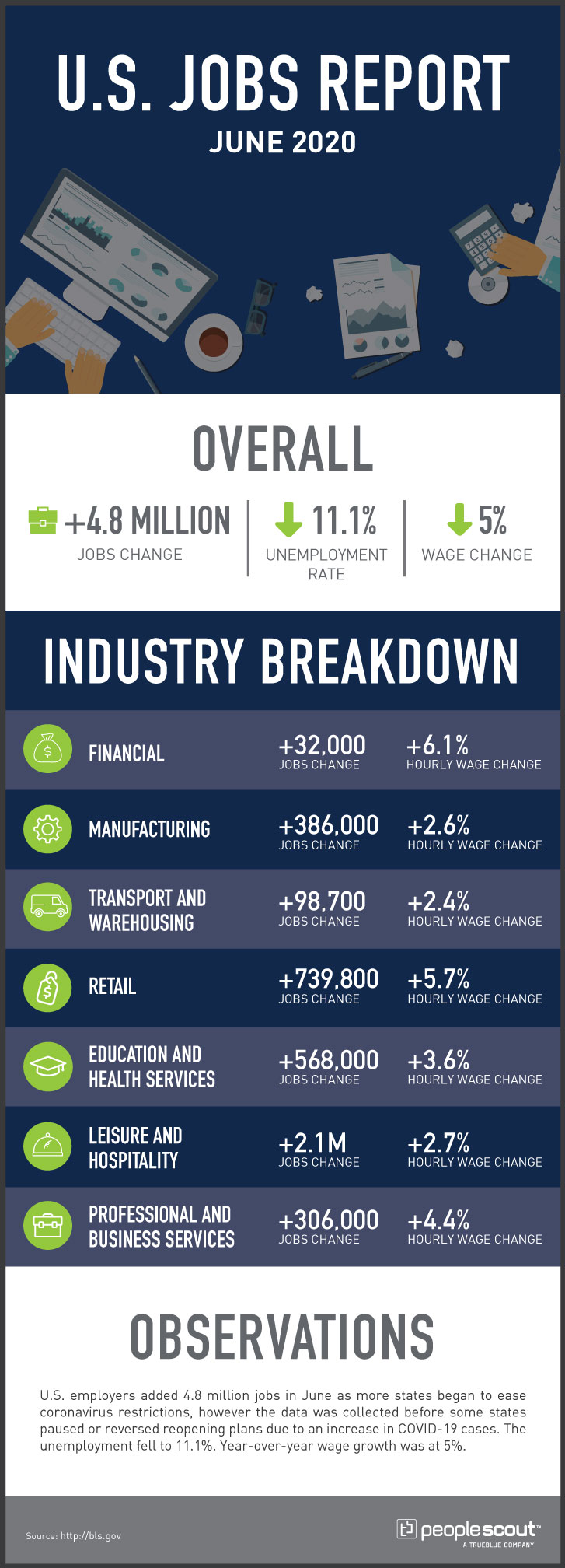The stark and apparent lessons learned from the COVID-19 pandemic are unparalleled in modern times. Prevailing business models have been severely tested and weak points exposed, while organizations and their workforces are coping with the ongoing challenges presented by the pandemic.
As organizations continue their rebound and recovery efforts, they must be proactive in their decision-making to maintain business continuity and build greater organizational resilience.
However, a business continuity survey conducted by Gartner Partners reveals that only 12% of organizations are highly prepared for the impact of the pandemic and just 2% of companies believe they can continue business as usual, leaving many organizations to adjust and learn as they go.
What’s more, COVID-19 has highlighted blind spots in many organizations’ contingent workforce programs, including gaps in enterprise reporting of where contingent workers are on assignment, how to effectively negotiate and communicate with staffing suppliers and how to keep contingent staff informed of rapid operational changes.
To combat business continuity and contingent labor challenges, organizations need to reimagine their total talent supply chain and current operating strategies. In this article, we explore how organizations can best protect their contingent workforce and better prepare for business continuity challenges in the future.
Why Business Continuity Matters Now More Than Ever
Traditionally, business continuity plans are intended to minimize the impact of scenarios such as natural disasters — hurricanes and earthquakes — or societal disruptions — such as civil unrest and war — on business operations and productivity.
TALKING TALENT PODCAST: BUILDING A MODERN BUSINESS CONTINUITY PLAN
Because organizations rely on business continuity planning to formalize, document and implement emergency management protocols, processes and policies, the plan should be a living, breathing protocol document that is continually updated — incorporating lessons learned and growing alongside your organization’s evolving needs.
Unfortunately, the severity and pace of COVID-19 caught many leaders off guard. Before the pandemic, business continuity plans were created with information gathered in a growing economy with very little turbulence and historically low unemployment, so plans typically took a growth and operations-first approach. While suitable for a pre-COVID world, current business continuity plans need to be updated to put people-first.
By laying the foundation for business continuity during the current pandemic, you can build whatever structure you need to on top of it as the situation evolves and new challenges and opportunities present themselves.
Leveraging Contingent Labor for Greater Business Continuity
Initially, contingent workers were perceived as a potentially vulnerable segment of the workforce during the early days of the COVID-19 crisis. However, as organizations prepared to scale their workforce at the pace of demand, employers were hesitant to add permanent headcount in the face of economic uncertainty, instead turning increasingly to contingent staff to fill in the gaps. Moreover, according to a recent survey, 32% of organizations are “replacing full-time employees with contingent workers as a cost-saving measure.”
The cost-savings benefits of enlisting flexible short-term workforce support to supplement traditional staff will continue as organizations continue to regain their bearings and operate with leaner talent acquisition budgets.
Contingent workers can play a significant role in maintaining business continuity by keeping distribution centers and delivery networks staffed and operating, filling positions in your organization’s call center, filling skills gaps when employees are not available, and acting as health screeners and temperature takers to reduce outbreaks in key facilities.
At PeopleScout, our team partners with clients to implement virtual staffing programs to fill skills gaps due to layoffs, furloughs and shutdowns. Once a client location notifies our virtual staffing team of a talent needs, we create a requisition on behalf of the client, contact our top suppliers in the market and make sure adequate staffing is provided on time and within budget. This highly responsive and dynamic contingent labor model provides our clients with great flexibility, less downtime and greater business continuity.
Preventing work stoppages altogether may be impossible, but harnessing the skills and experience of contingent workers as part of your business continuity plan can certainly help reduce losses and keep your organization as productive and profitable as possible.
Business Continuity Means People Continuity
Many organizations have recognized the enormous human toll of the pandemic and have in turn prioritized the health and well-being of all workers. Successful business continuity plans will hinge on an organization’s ability to humanize and diversify both the substance and delivery of your candidate messaging.
Now is not the time for your organization’s employer branding initiatives to fall by the wayside. In fact, according to a LinkedIn study, COVID-19 posts on the platform from organizations that received the most engagement used the following words more often in their messaging:
- “Health”
- “Help”
- “Social distancing”
- “Health authorities”
- “People”
- “Employees”
- “Support”
- “Public health”
- “Healthcare workers”
Although there are several engagement strategies available for you to utilize to convey your employer value proposition, it’s important to keep in mind the circumstances in which most contingent candidates are likely to find themselves: perhaps recently unemployed, concerned for their safety and that of their family and stressed from uncertainty. Your organization’s greatest “value” will need to manifest in the form of empathic, concise and compassionate communications.
The right MSP provider can empower your organization to engage and communicate with contingent candidates at scale. Communication campaigns should focus on providing skills development opportunities (i.e., free courses, certifications, learning centers, etc.), while strategic social media messaging can both raise awareness and extend your employer brand’s reach, further building your contingent talent pool.
Onsite, you should also provide safety information wherever contingent workers are most likely to see it. This may be in the cafeteria, the breakroom, or bathrooms. Make sure that it clearly states what to do in the case of an outbreak. You should also establish protocols to notify all contingent workers about outbreaks and facility closures. Providing subsequent changes to plans regarding work locations is also a crucial element of maintaining business continuity and productivity.
Organizations capable of preserving the human touch will be well-positioned to grow their talent networks with top-tier contingent candidates – further fortifying and stabilizing business continuity.
Workplace Safety and Working with Staffing Suppliers
Failing to provide adequate workplace safety not only carries compliance risks and financial penalties, it can also impact your organization’s employer brand and in turn negatively impact your total talent program. According to a survey conducted by Marsh & McLennan, 9 out of 10 employees across all industries are worried about how the virus could affect them or their families. Because of the inherent risk associated with working at an onsite location, contingent candidates are looking for reassurance from employers when it comes to their health and well-being and that of their family and community.
It is important to take the time to reassess your staffing suppliers to ensure you are on the same page regarding protecting your contingent workforce.
You can start your supplier assessment by asking all current and prospective staffing suppliers to complete detailed, pandemic-specific assessments that account for the full spectrum of COVID-19 risks – such as security, employee health and safety and financial distress. Your business depends on having a clear understanding of the current status of your critical suppliers, their mitigating actions and your own exposure to risk and compliance concerns.
When negotiating contracts with staffing suppliers, clearly define a joint safety program. Identify the responsibilities of each party. In most contracts, the staffing agency provides general safety training, while a representative from your organization covers safety procedures specific to a work location. The staffing supplier and MSP provider are then responsible for ensuring ongoing compliance with the program.
For each contingent role, policies and procedures for site access, safety equipment provisioning and training should be developed that take into consideration all the health and safety risks in the environment in which the person will be working. Be sure that the training addresses actions such as proper hygiene, mask policies, material handling and other pandemic mitigating policies.
For one client, PeopleScout acts as a communications hub for 40 staffing suppliers. As part of this effort, we collect the acknowledgment that each supplier agrees to be compliant with our client’s health and safety protocols.
This includes everything from directions on what to do when an associate is confirmed positive with COVID-19 to protocols for contact tracing and the safe return to work. Moreover, we collect data from all 40 suppliers and report all confirmed cases of COVID-19 to the client’s health and safety leaders.
Lastly, keeping the workplace safe begins with prevention. Consider deploying a team of non-medical contingent professional to take temperatures at designated checkpoints in your facility with no-touch thermometers to help keep the workplace safe.
Conclusion
Business continuity in the age of COVID-19 is about more than logistical and operational thinking, it is also about people — how to keep people safe, save lives and keep the economy running by getting people back to work. Remember, stay focused on your culture to make sure your organization’s values are authentic and the attitudes and actions of your leadership team reflect these values.
